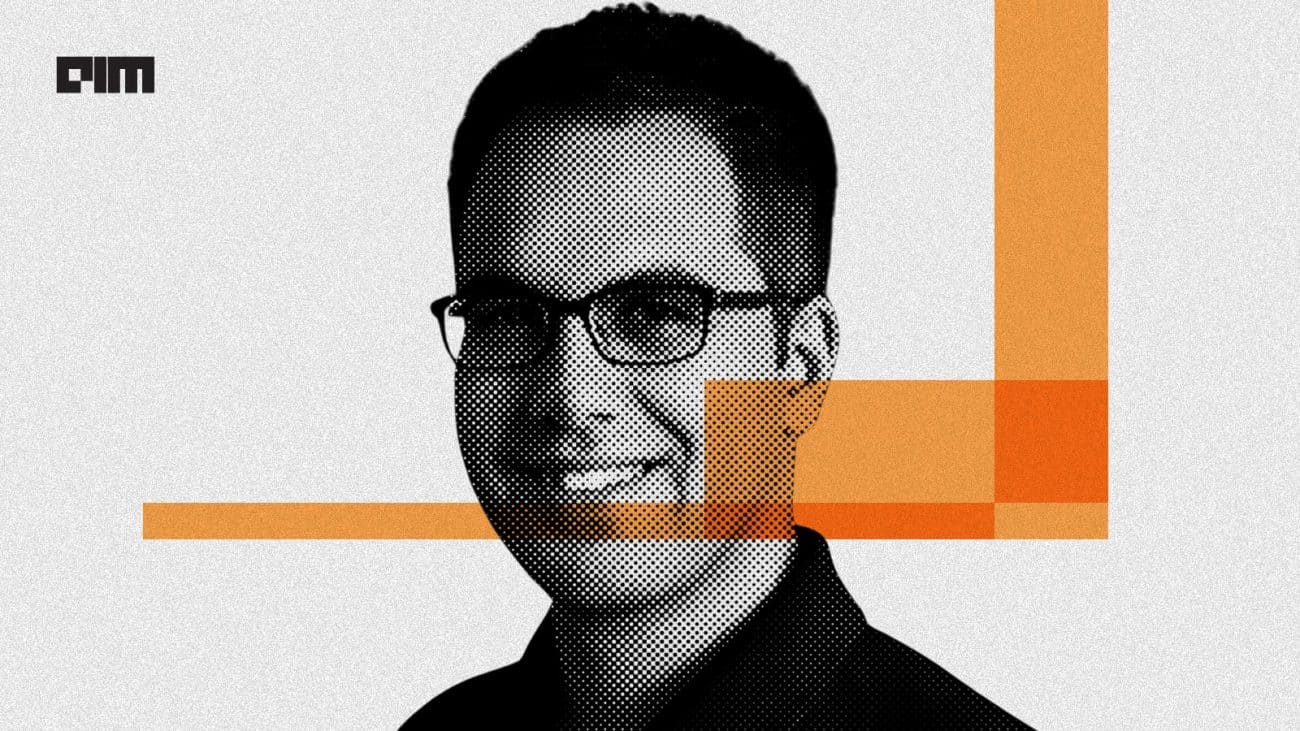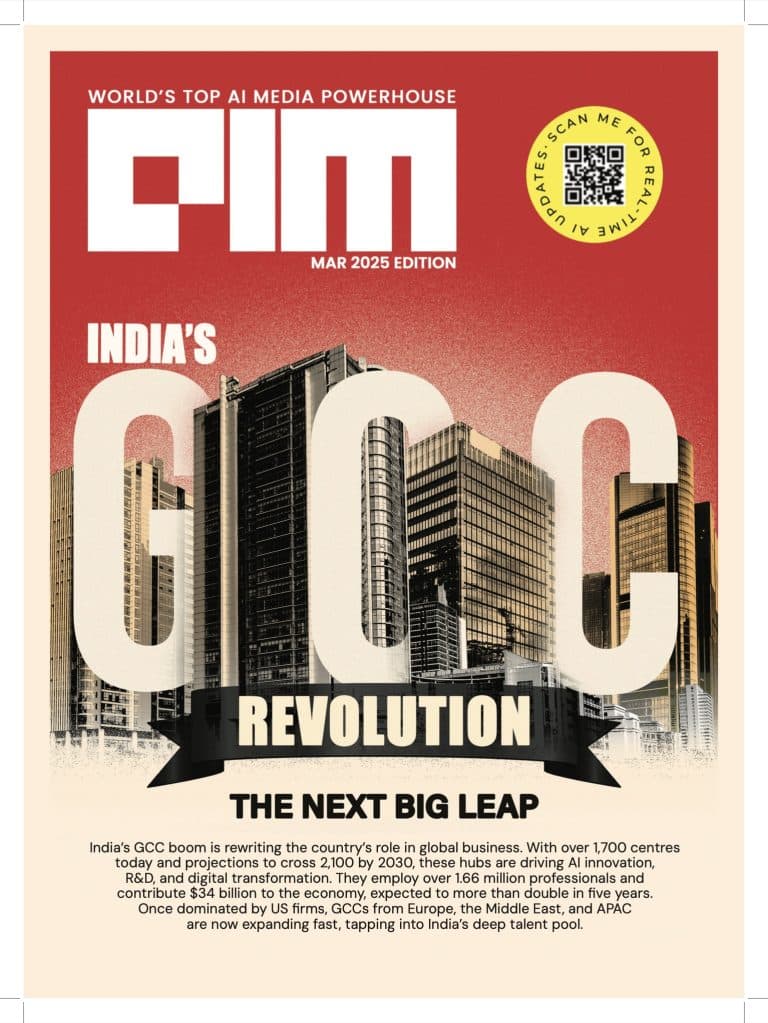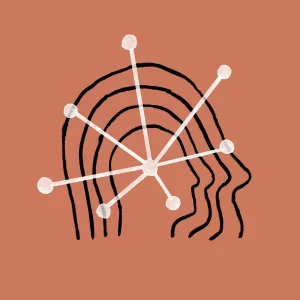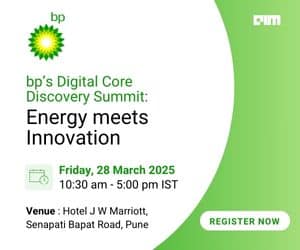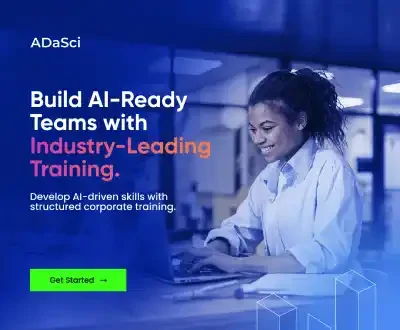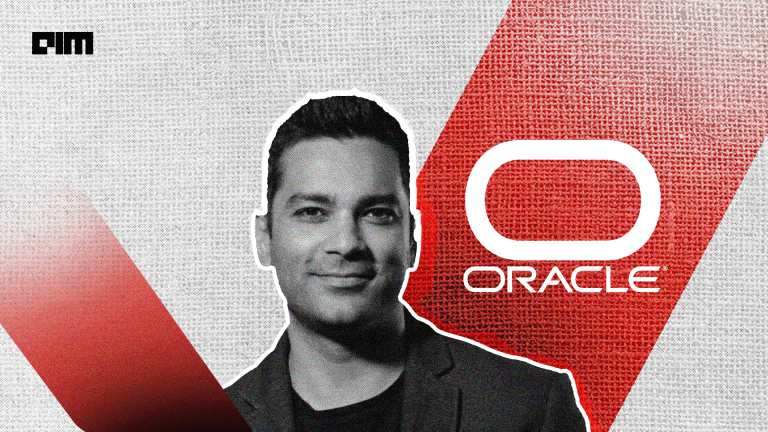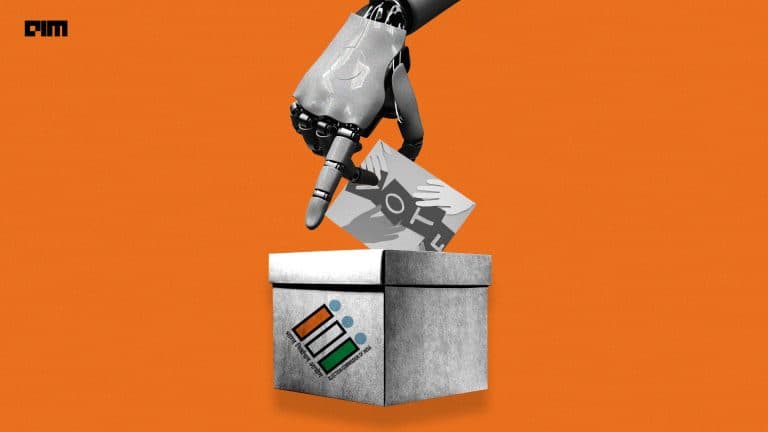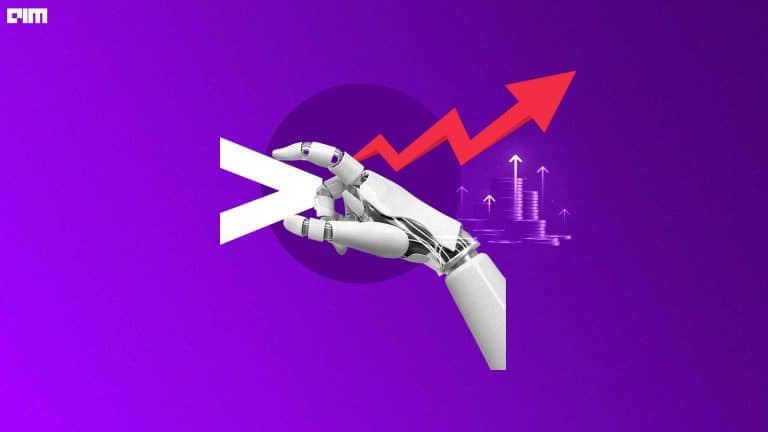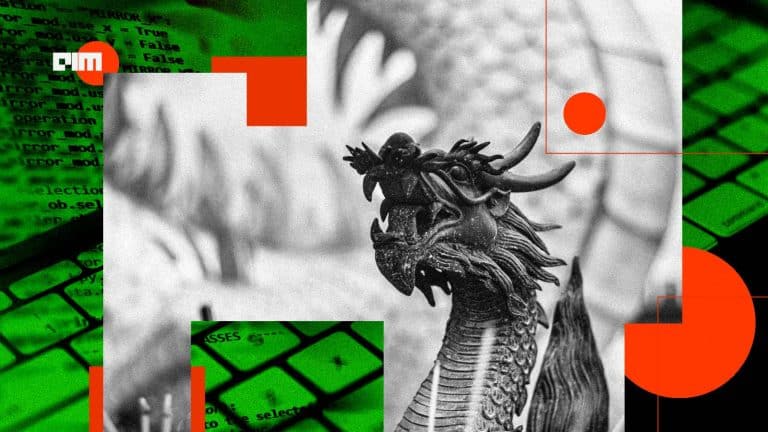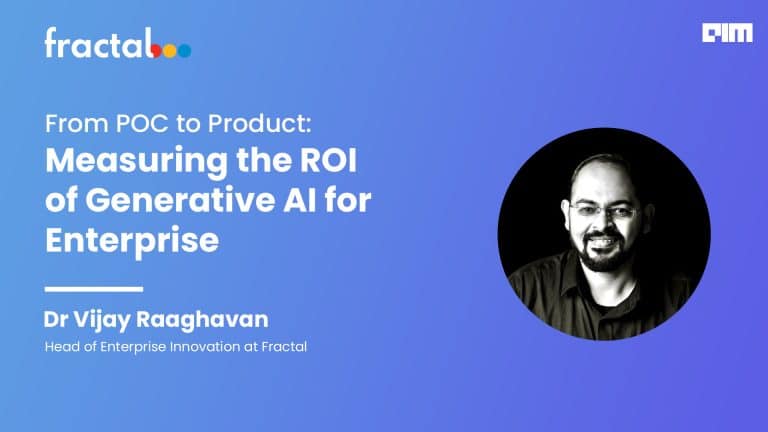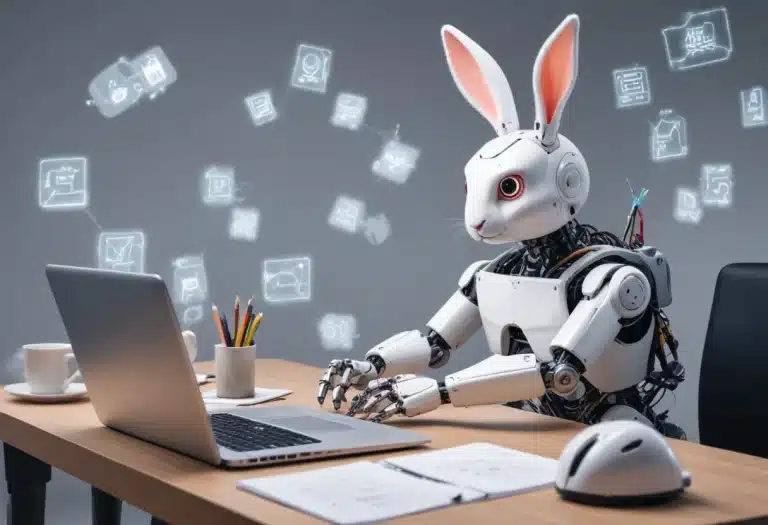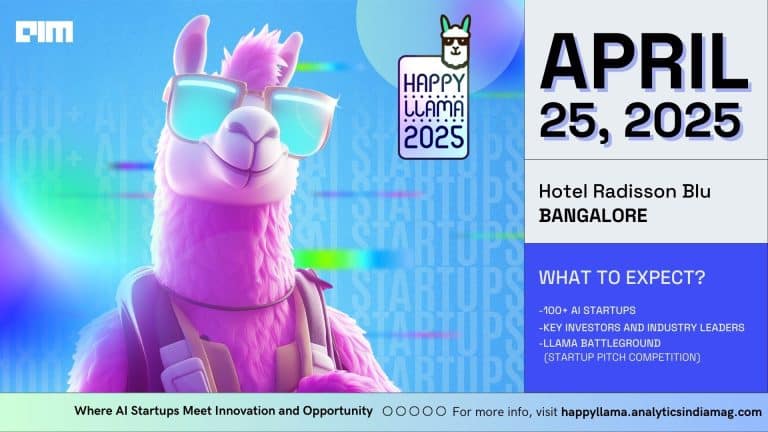Machine learning platform TurboML is among the frontrunners awaiting a decision from the IndiaAI Mission on its proposal to build foundational AI models trained on Indian datasets.
As a first-time founder, TurboML’s Siddharth Bhatia spoke to AIM about his goal of building a home-grown foundational model for less than $12 million.
China’s DeepSeek claims to have built its model for less than $6 million. Although Bhatia did not specifically address this figure, he pointed out that being part of the IndiaAI mission would grant access to subsidised compute rates through government vendors and contracts.
But, can a SOTA foundational model really be built in 6 months?
Bhatia believes a timeline of 8-10 months is doable with reinforcement learning, synthetic data generation, and global collaboration.
The Indian problem is unique. Bhatia said India faces challenges primarily due to the lack of internet-scale data compared to countries like the US and China. Besides, linguistic diversity adds to our woes.
Bhatia said that TurboML will take a phased approach, starting with smaller datasets and model parameters and scaling 10x at each stage. The roadmap involves progressing from less than 50 billion tokens initially to around 10 trillion tokens.
He also highlighted working in parallel to pre-train smaller models and generate more synthetic data for training larger models to make the timeline achievable.
IT minister Ashwini Vaishnaw expects India’s LLM to be ready in ten months. The government has set aside ₹2,000 crore for the IndiaAI mission and has received 67 proposals so far, including 22 for LLMs. The Ministry of Electronics and Information Technology (MeitY) will keep accepting proposals until the 15th of each month for the next six months or until they have a sufficient number.
AIM also spoke with IIT Madras professor Balaraman Ravindran, mentor to Perplexity CEO Aravind Srinivas, to assess if the timeline was plausible.
“I think six months is too aggressive a timeline for us to really build super capable models. What we are probably going to get are right or decent models; we are not going to shake the world,” he told AIM. Interestingly, IIT Madras has also submitted a proposal under the IndiaAI mission in collaboration with a startup.
Other players such as Sarvam AI, Krutrim, CoRover.ai, Zoho, LossFunk, Kissan AI, Soket AI Labs, and IIIT Hyderabad are also in the race to develop India’s next GenAI models under the mission.
Building a ‘Global Team’
The key to achieving this also lies in assembling a world-class team. Through a post on social media, Bhatia called for remote AI researchers and engineers.
Coming to his hiring philosophy, Bhatia noted that the team is not limited to just Indian talent. They are looking for international experts from leading AI companies.
He said that the core team is remote, with a presence in India and the San Francisco Bay Area.
Origins of TurboML
Bhatia did his PhD in real-time machine learning at the National University of Singapore (NUS). This is also where he met and collaborated with his co-founder, Arjit Jain. “My co-founder was at IIT Bombay and had come for a research internship at NUS.” The duo started working on continual learning.
On his startup breakthrough, he said, “One of our projects got featured on the front page of Y Combinator’s Hacker News… people started using our research for different use-cases, and developers from Amazon, MasterCard, and Instacart implemented their own versions.
Subsequently, the news led to a lot of inbound interest from major companies, who asked for a product around their project, said Bhatia.
This also led to their transition from academia to entrepreneurship and consulting. Initially, they handled the demand through consulting engagements, working directly with companies on specific implementations.
“We started working with a few companies just on a contractual consulting basis.” Bhatia noted that such engagements helped them understand real-world use cases and needs, beyond academic research.
This led them to start TurboML.
The company focuses on continually incorporating new data and feedback to update ML and LLM models.


